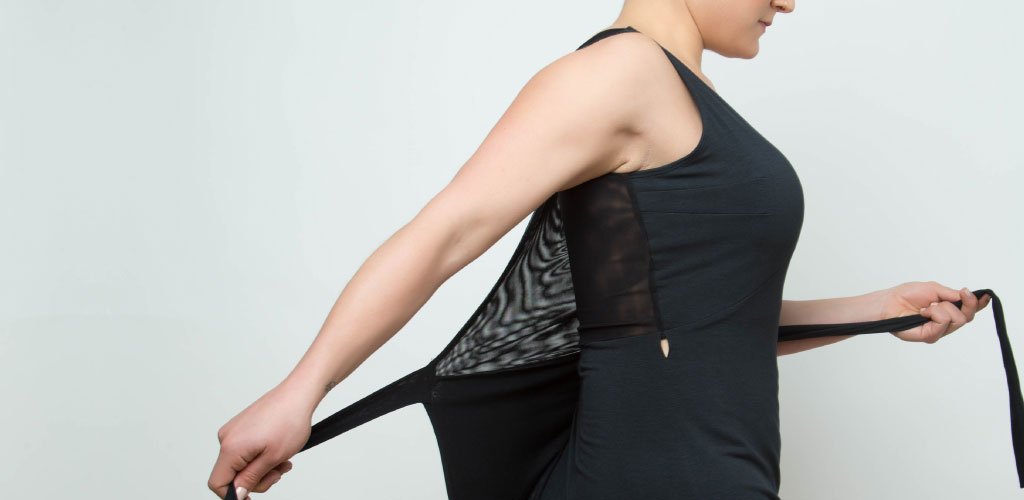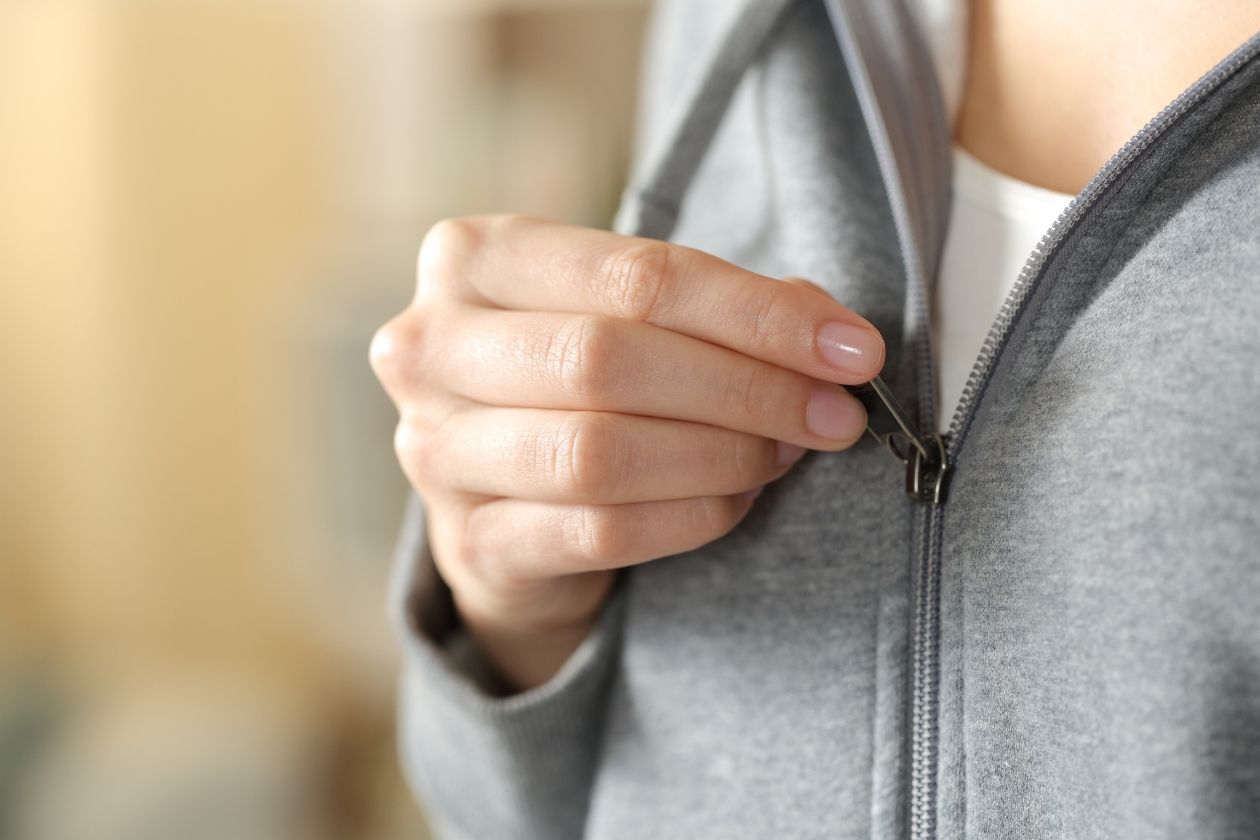Mastectomy recovery is a complicated process. It can take weeks, months, or even years before you feel like your old self again. Many mastectomy patients are eager to know how long the recovery will last so they can plan accordingly. Unfortunately, no one answer covers all cases of mastectomies. Your surgeon may have told you what to expect during the first few days after surgery, but it depends on what type of mastectomy was performed and other factors unique to each patient's situation.
Mastectomy Recovery Time
On average, mastectomy recovery time is between four and six weeks. This timeframe can vary depending on the type of mastectomy you had done. Your surgical incision will be closed with staples or stitches, which are removed about a week after surgery, once your skin has healed completely.
During the first couple of days, it's normal to have some discomfort around your chest area. This discomfort may also be due to the anaesthesia wearing off. After that, most women only need acetaminophen (Tylenol) for any lingering aches. Make sure not to take ibuprofen (Advil, Motrin) or aspirin because they could cause bleeding and interfere with the wound healing process.
Mastectomy recovery time is different for everyone, depending on how you feel after surgery and your activity level. You should avoid more strenuous activities like working out during this period no matter what mastectomy was done. You'll need complete mastectomy rest at least a week, which means you shouldn't lift any heavy objects such as shopping bags filled with groceries. That said, it's okay to start walking around to get back into shape once mastectomy has healed entirely about 3 weeks later. This way, blood circulation will improve while helping speed up the recovery by increasing oxygen flow throughout the body.
If you experience fever, chills, or increased swelling of the surgical site, contact your doctor immediately to advise what medications should be taken to avoid complications. Another thing that those recovering from mastectomy need to keep a close eye on is their blood counts, which will determine if more surgeries are needed later the line. It is vital that mastectomy patients take it easy and follow their doctor's orders to remain healthy throughout recovery.
While some of these mastectomy side effects will go away on their own as your body heals, others may last for a few weeks or months - but rest assured, there are plenty of treatment options available which should help you with the recovery and pain.
How Long Does Pain Last After Double Mastectomy?
A double mastectomy is the removal of both breasts. While mastectomy is a daunting process, a double mastectomy can be even harder to deal with.
After mastectomy, you will need time to heal and recover from the surgery itself before beginning chemotherapy or radiation treatments. One of your biggest concerns may be when the pain after mastectomy will end—and how long it will last in total?
Post-mastectomy pain varies greatly depending on what kind of mastectomy has been performed on the patient. In a simple mastectomy, pain is confined to the surgical site, and it can be managed with over-the-counter medications such as ibuprofen or acetaminophen. However, a more complex mastectomy may require more potent prescription painkillers for some patients who have had lymph nodes removed from under their arm during surgery.
You have made it so far in mastectomy recovery, but you may still have a long road to go. Post-mastectomy pain can last anywhere from several days to months after surgery. This largely depends on how much damage was done to remove cancerous tissue and whether any reconstruction work needs to be done afterwards. The most common side effects associated with mastectomies are swelling and bruising that often begin within one day of the operation; each additional day will result in some amount of pain. Your doctor will prescribe painkillers to help get you through the first few days after surgery for mastectomy pain recovery. They can also recommend using ice packs or warm compresses on the area for about fifteen minutes every hour during waking hours to reduce swelling and relieve discomfort. Some women may experience what is known as "breakthrough" pain that requires additional medication in addition to whatever drugs are prescribed by their doctors. In comparison, others may need extended care from a pain management specialist if their mastectomies were particularly complex surgeries.
Post-Mastectomy Care
Post-mastectomy care is focused on ensuring that mastectomy surgery heals properly. Normal activities can be resumed once tolerable levels of pain are achieved. And, with support garments that provide the proper level of compression (amount of pressure to your body), you will have the energy to resume your regular routine. However, it may take between one month or three months before post-mastectomy patients feel like they're back at their pre-surgery levels.
Here are some of the questions that many of our mastectomy recovery patients have:
When can I perform daily house activities?
Depending on your mastectomy recovery plan, you may need to lie in bed (most of the time) while recovering. You must speak with your healthcare provider about whether or not you can perform daily activities after your surgery and what type of activity would be appropriate for you. However, you may be advised by your doctor to not perform any household chores for about a week or two. So, make sure that you take proper rest during this period.
Driving after Mastectomy
This is a question that mastectomy patient usually asks. It can be difficult to drive after mastectomy because of the additional support you will need from your seat belt and airbags. In some cases, patients are advised not to operate their vehicles immediately after their surgery due to potential complications like pain or discomfort while driving. It may usually take about ten days for you to start driving again. However, make sure to have someone with you for supervision when you go out for a drive.
It is recommended to wear a seat belt in the front and not at your back. Studies show that wearing a seatbelt can worsen injuries during accidents because of its compression effect on chest tissue when worn incorrectly (which mastectomy patients may likely do). It would be better for mastectomies to wear their seat belts in front, providing support and not compress organs or tissues inside the body.
Exercise after Mastectomy
Doctors will advise you to do various shoulder and arm exercises after your mastectomy. This is so you can avoid shoulder stiffness and movement problems in the future, which a lack of physical mobility may cause. One way you can do light exercise is by wearing mastectomy recovery clothing like compression garments for support. This helps reduce swelling after surgery as well as speed up recovery times. Compression garments also affect improving blood circulation because they decrease pressure in certain parts of your body where it’s needed most - like the chest area or arms/hands if you had breast reconstruction done.
Exercises that are recommended to do for mastectomies include:
- lightweights (can be done wearing a baby carrier - even better!)
- tub exercises (jumping on/off) while sitting down (if possible, don't get your heart rate up too much)
- cycling with one leg only gained popularity because it doesn't put pressure on the chest area or abdomen at all; it's also less strenuous than running or swimming.
Make sure not to overdo this, though! It will take time (usually about 3 to 4 weeks) before exercising again like normal becomes easier. Do NOT rush into any strenuous exercising!
Conclusion
For many women, mastectomy recovery time can be a difficult period. Different post-mastectomy care options can help you with the process of healing and restoring your balance. We have written this article to help you make this experience less stressful and more manageable!
Our mission is to help you recover and get back to life as easily as possible. Reboundwear’s adaptive clothing line is particularly designed to help those recovering from a mastectomy. If you are an active adult and getting back quickly is important to you, we have got the best adaptive wear waiting for you.
To check out our mastectomy clothing. Click here.






Leave a comment
All comments are moderated before being published.
This site is protected by hCaptcha and the hCaptcha Privacy Policy and Terms of Service apply.